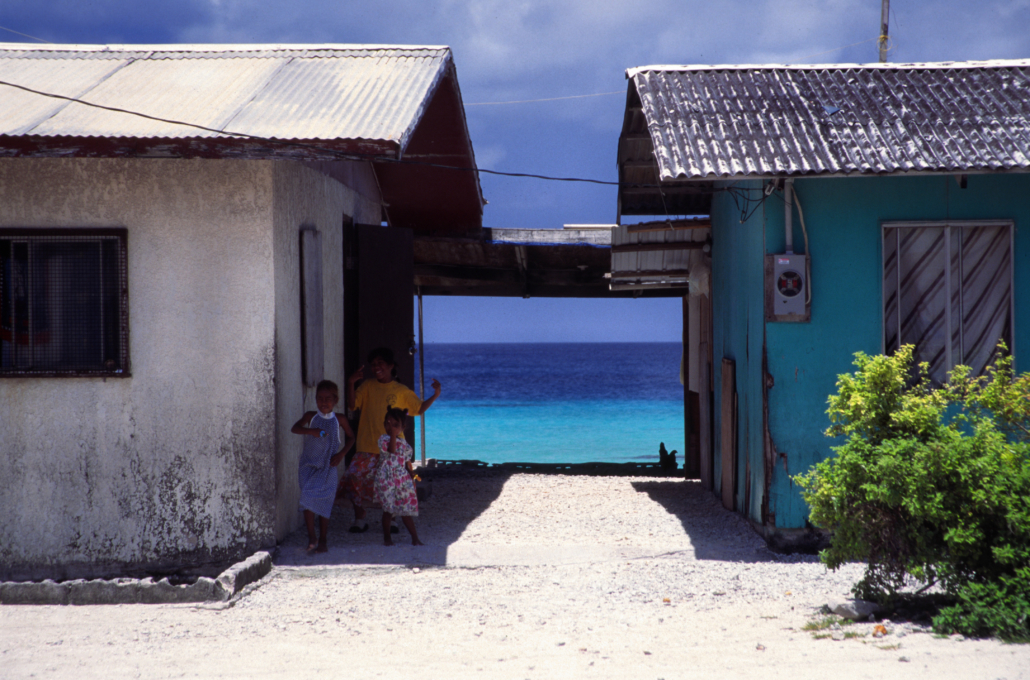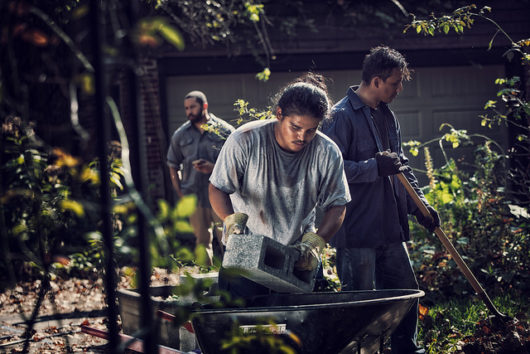 Every year, millions of men, women and children are trafficked worldwide. Forced labor, sexual exploitation and debt bondage are the most common reasons for this crime. Human trafficking happens in every country, even developed ones like the United States. Trafficking is modern-day slavery and affects women and girls disproportionately. About 71% of trafficking victims worldwide are women and girls. Profits reach around $150 billion per year for traffickers globally, with $99 billion of that earned through commercial sexual exploitation. Experts believe 20-40 million people are in modern slavery, but the number is hard to estimate because many cases go undetected. Human trafficking in Tanzania is a current problem in the country, but there is hope for improvement.
Every year, millions of men, women and children are trafficked worldwide. Forced labor, sexual exploitation and debt bondage are the most common reasons for this crime. Human trafficking happens in every country, even developed ones like the United States. Trafficking is modern-day slavery and affects women and girls disproportionately. About 71% of trafficking victims worldwide are women and girls. Profits reach around $150 billion per year for traffickers globally, with $99 billion of that earned through commercial sexual exploitation. Experts believe 20-40 million people are in modern slavery, but the number is hard to estimate because many cases go undetected. Human trafficking in Tanzania is a current problem in the country, but there is hope for improvement.
Victims of Human Trafficking in Tanzania
The country reported that it was able to identify 165 potential victims of human trafficking in Tanzania in the most recent reporting period, compared to 161 in the previous reporting period and 13 in the period before that. About 90% of the victims in those periods have been female, a population particularly vulnerable to trafficking.
Efforts Against Human Trafficking In Tanzania
Tanzania is currently classified as a Tier 2 Watch List country in terms of human trafficking. This means it is failing to meet minimum standards for preventing human trafficking but is nonetheless making a diligent effort. For example, it has increased funding for its national anti-trafficking committee and its victim assistance fund.
However, Tanzania’s recent efforts have been disappointing compared to those of previous years. Charges and punishments have remained light for traffickers compared to perpetrators of other major crimes. Many traffickers are not convicted, and if they are, their punishments are fines and short prison sentences. The country has not implemented victim identification or protection programs, leaving victims vulnerable to further exploitation. Tanzania has also made no recent efforts toward investigating fraudulent labor groups or commercial sex acts.
These lapses would typically result in regression to a Tier 3 country. However, Tanzania is working to conform to the U.S. Trafficking Victims Protection Act. The guidelines of this act, when implemented, will allow the country to meet minimum trafficking prevention standards. As it stands, Tanzania remains on the Tier 2 Watch List for the third year in a row.
Hope for the Future
The Trafficking Victims Protection Act involves many measures to protect victims with the support of trained workers. Trained workers will be able to identify the country’s more vulnerable populations, including orphans and impoverished children. In line with a Tanzanian anti-trafficking law from 2008, identified victims of human trafficking in Tanzania also receive professional counseling and a place to stay for the period immediately after their escape from a trafficking situation.
The Trafficking Victims Protection Act also involves more investigation of traffickers and corrupt systems. It will increase the likelihood of proper punishment for traffickers and will replace small fines with larger penalties befitting the seriousness of the crime. Tanzania saw great improvements in its trafficking situation before the COVID-19 pandemic hit, giving hope for the upcoming reporting periods.
– Haleigh Kierman
Photo: Flickr
 Forced labor and commercial sexual exploitation of children are forms of human trafficking occurring around the world, including Bhutan. Limited research means
Forced labor and commercial sexual exploitation of children are forms of human trafficking occurring around the world, including Bhutan. Limited research means 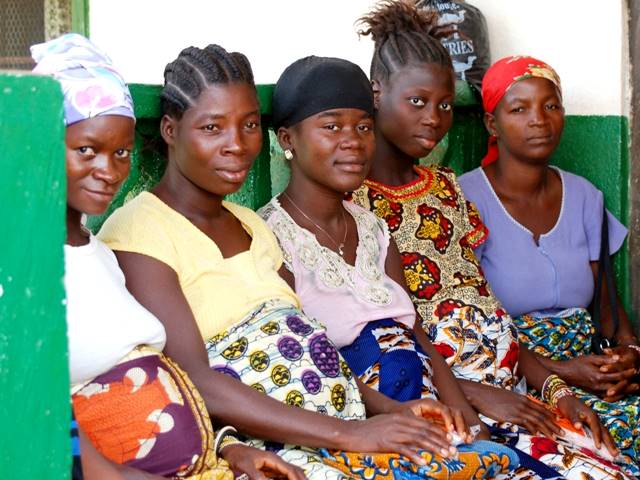 While the Liberian Government does make some effort to eliminate human trafficking, it does not entirely meet the minimum standard for the elimination of trafficking. Liberia
While the Liberian Government does make some effort to eliminate human trafficking, it does not entirely meet the minimum standard for the elimination of trafficking. Liberia 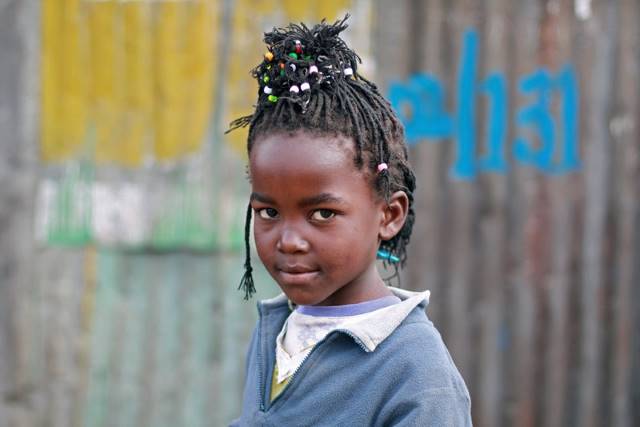 Kenya has the highest level of child trafficking in the African region. Kenya received the Tier 2 designation for human trafficking. This ranking refers to countries that are not fully compliant with the standards for eliminating human trafficking but are making efforts toward compliance, as the
Kenya has the highest level of child trafficking in the African region. Kenya received the Tier 2 designation for human trafficking. This ranking refers to countries that are not fully compliant with the standards for eliminating human trafficking but are making efforts toward compliance, as the 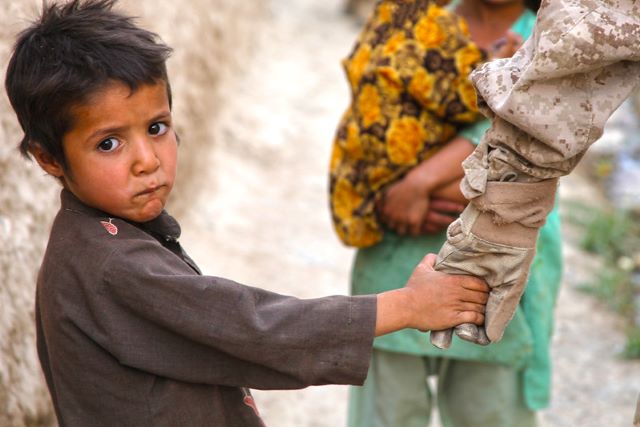 Afghanistan currently faces a large-scale human trafficking crisis that is rooted in centuries of abuse. Children and women are sold or kidnapped and forced into sexual slavery or armed forces. With the Afghani Government failing to properly protect victims and prosecute perpetrators, the U.S. Department of State and a network of NGOs are working to alleviate the problem.
Afghanistan currently faces a large-scale human trafficking crisis that is rooted in centuries of abuse. Children and women are sold or kidnapped and forced into sexual slavery or armed forces. With the Afghani Government failing to properly protect victims and prosecute perpetrators, the U.S. Department of State and a network of NGOs are working to alleviate the problem.